Coleus Plant
- October 25, 2023
- 0 comment
The Coleus plant, scientifically known as Solenostemon scutellarioides, is a popular and vibrant addition to gardens and indoor spaces. Known for its stunning foliage, Coleus comes in a wide array of colors and patterns, making it a favorite among garden enthusiasts and plant lovers.
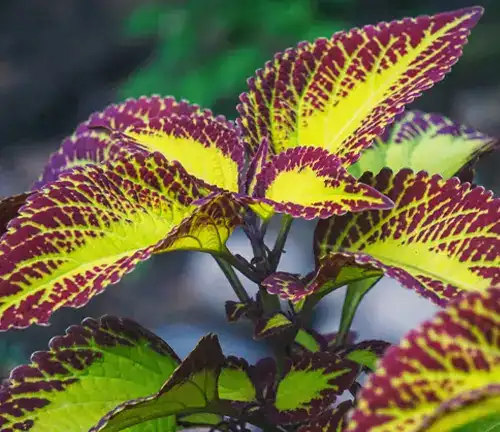
This tropical perennial is cherished for its remarkable leaves, which can be various shades of green, red, pink, and purple, often intricately marked with patterns like stripes and splotches. Coleus is relatively easy to care for, thriving in indirect sunlight and well-drained soil, making it suitable for both indoor and outdoor cultivation.
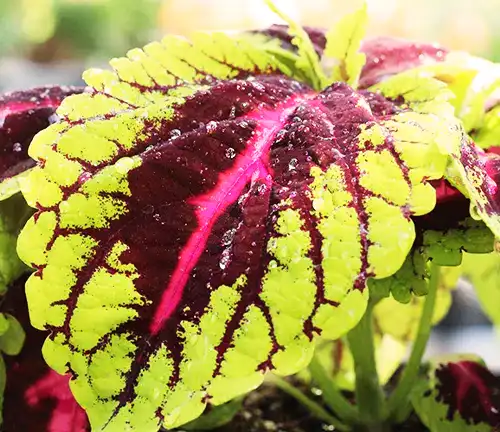
With its eye-catching appearance and low-maintenance requirements, the Coleus plant has become a beloved choice for adding a splash of color and a touch of nature to homes and gardens alike.
| Characteristics | Description |
| Scientific Name | Solenostemon scutellarioides |
| Common Names | Coleus, Painted Nettle |
| Plant Type | Herbaceous Perennial |
| Mature Height | 1 to 3 feet (30 to 91 cm) |
| Foliage | Variegated and colorful, with patterns like stripes and splotches in shades of green, red, pink, and purple |
| Sunlight | Thrives in indirect sunlight, partial shade |
| Watering | Keep soil consistently moist but not waterlogged |
| Soil Type | Well-drained, loamy soil |
| Hardiness Zones | Typically grown as an annual, but perennial in USDA hardiness zones 10-11 |
| Temperature Range | Prefers warm temperatures, intolerant of frost |
| Maintenance | Low-maintenance; pinch back flower spikes to encourage bushier growth |
| Propagation | Easily propagated from cuttings |
| Toxicity | Non-toxic to humans but can be mildly toxic to pets |
| Uses | Popular in gardens, landscapes, and as a houseplant |
| Special Features | Adds vibrant color and texture to both indoor and outdoor spaces, ideal for adding visual interest to shady areas |
| Pest and Disease Tolerance | Generally resistant to pests and diseases but may be susceptible to mealybugs and aphids Please note that specific varieties of Col |
Botanical Beauty of the Coleus Plant
The Coleus plant, known scientifically as Solenostemon scutellarioides, is a true botanical beauty. Its lush, vibrant foliage showcases an exquisite palette of colors and patterns, making it a visual delight for gardeners and plant enthusiasts alike. The leaves of Coleus can vary in shades of green, red, pink, and purple, often adorned with intricate patterns, such as stripes and splotches. This remarkable diversity in leaf aesthetics has made the Coleus a prized addition to gardens and indoor spaces, adding a touch of natural artistry wherever it’s found.

Woodland Elegance
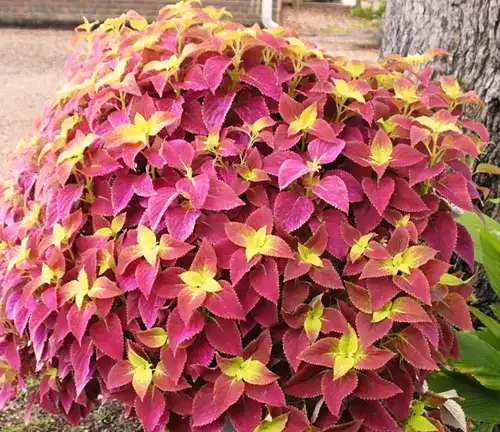
One of the most striking features of the Coleus plant is its ability to bring woodland elegance to any setting. With its fern-like leaves and an array of earthy and vibrant colors, it can mimic the appearance of foliage found in temperate forests. This makes it a versatile choice for those looking to create a woodland atmosphere in their gardens or homes. Whether planted beneath the canopy of taller trees or displayed as a potted houseplant, the Coleus brings a touch of forest charm to any environment.
Ecological Importance
Beyond its aesthetic appeal, Coleus holds ecological importance. In its natural habitat in tropical regions, Coleus provides food and shelter for various insects and small wildlife. It’s a part of the ecosystem, contributing to biodiversity. Additionally, its lush foliage helps in soil protection and moisture retention, making it a valuable asset to its native ecosystems.
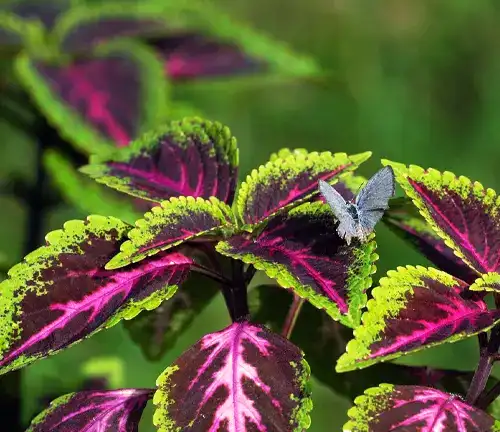
Cultivation and Conservation
Cultivating Coleus is a relatively straightforward process. It thrives in indirect sunlight and requires well-drained soil. Many gardeners enjoy growing Coleus from cuttings, which is an efficient way to propagate new plants. However, while Coleus is easy to cultivate, it’s important to note that certain species and varieties may be at risk due to habitat destruction in their native regions. Conservation efforts are crucial to ensure the survival of this stunning plant.
Fragrance
While Coleus is primarily valued for its visual appeal, some varieties have a pleasant fragrance. The aroma can range from mild to strong, and it often intensifies in the evening. This unique feature adds an extra sensory dimension to the experience of growing and caring for the Coleus plant.
Soil Stabilization
Coleus plays a role in soil stabilization. Its root system helps prevent soil erosion, making it a valuable addition to gardens on sloped terrain. In regions prone to heavy rainfall or wind, planting Coleus can be a practical and aesthetically pleasing solution for soil conservation.
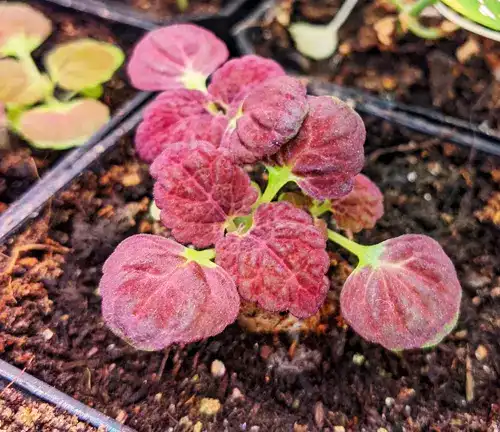
Common Uses
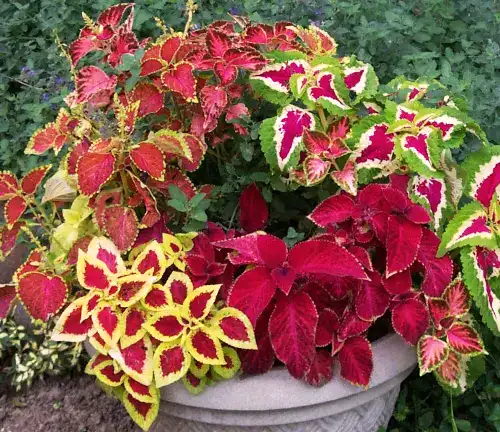
The Coleus plant has a wide range of common uses. It’s often grown in gardens and landscapes as a decorative element, adding color and texture to flowerbeds, borders, and containers. As a houseplant, it brings life and vibrancy to indoor spaces, even in areas with limited natural light. Its versatility and adaptability have made it a favorite among gardeners and landscapers.
Benefits
Beyond its ornamental value, the Coleus plant offers several benefits. Its rich foliage can be used to create natural privacy screens, and its ability to purify the air makes it a great choice for indoor environments. Some people even believe that certain Coleus varieties have medicinal properties, although more research is needed to confirm these potential health benefits.
Different Species
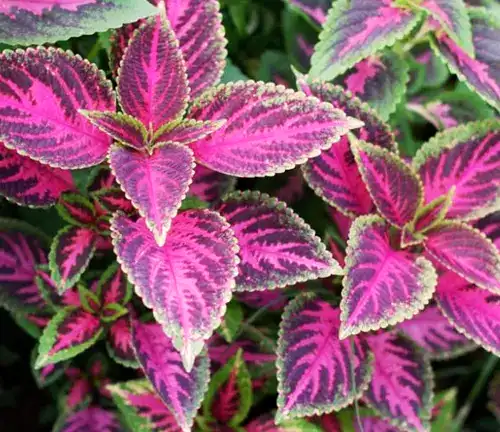
Solenostemon scutellarioides
This is the botanical name for the common Coleus, known for its colorful and patterned leaves. It’s the species from which many of the cultivated varieties are derived.
Solenostemon pumilus
Also known as the Low Coleus, it is a smaller and more compact species of Coleus, often used as a ground cover in landscaping.
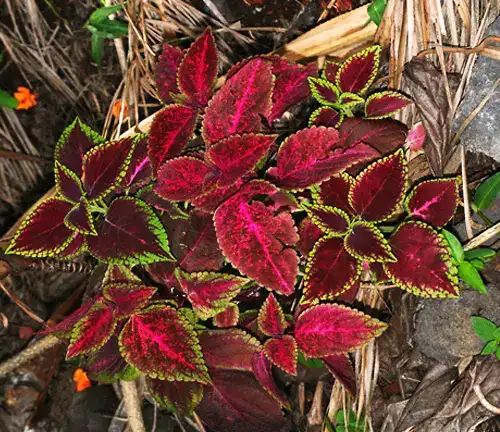
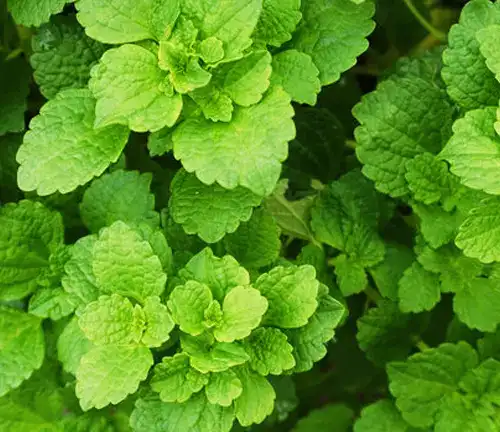
Solenostemon rotundifolius
This species is commonly referred to as Indian Borage or Bread and Butter plant. It has rounded, aromatic leaves and is used for its culinary and medicinal properties.
Solenostemon shirensis
Known as the Stiff Coleus, this species has narrow, elongated leaves and is typically grown for its ornamental value.
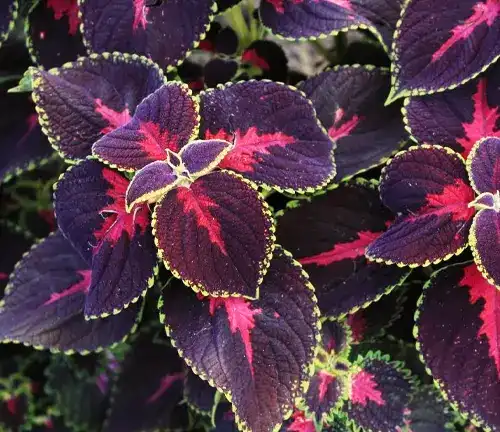
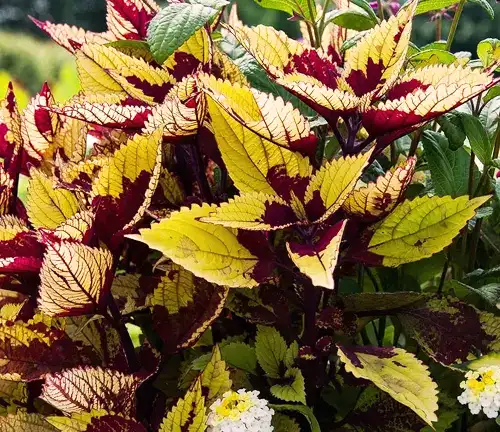
Solenostemon inaequidens
This is a lesser-known Coleus species with an intriguing combination of green and red leaves. It’s sometimes used for ornamental purposes.
Solenostemon rupincola
The False Nettle or Kapur Tulsi is a Coleus species with aromatic leaves and is used in traditional medicine.
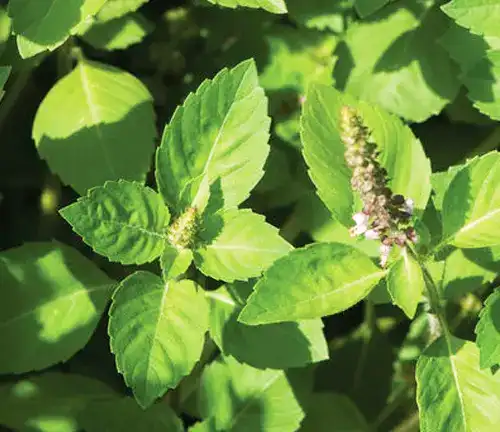
Frequently Asked Questions (FAQs)
- What is a Coleus plant?
A Coleus plant, scientifically known as Solenostemon scutellarioides, is a popular ornamental plant known for its colorful and patterned foliage. - Can Coleus be grown indoors?
Yes, many Coleus varieties can thrive indoors as long as they receive indirect sunlight and well-draining soil. - What are the ideal growing conditions for Coleus?
Coleus prefers partial shade, well-drained soil, and consistent moisture. It is sensitive to frost and thrives in warm temperatures. - How do I propagate Coleus plants?
Coleus can be easily propagated from stem cuttings. Simply snip a healthy stem, remove lower leaves, and place it in water or soil to develop roots. - Is Coleus toxic to pets or humans?
Coleus is non-toxic to humans. However, some pets might experience mild digestive upset if they ingest Coleus leaves. - How do I care for Coleus during the winter months?
Coleus is typically grown as an annual in colder regions. You can either bring it indoors or take cuttings to overwinter. Provide adequate light and warmth to keep it healthy. - What are the common pests and diseases that affect Coleus?
While Coleus is generally pest-resistant, it may occasionally attract mealybugs, aphids, or whiteflies. Proper care and maintenance can help prevent these issues. - Can I use Coleus in landscaping and outdoor gardens?
Absolutely! Coleus is a popular choice for adding color and texture to gardens, flowerbeds, and container gardens. It’s often used for borders and as a filler plant. - How often should I water my Coleus plant?
Coleus prefers consistently moist soil, so water it when the top inch of the soil feels dry. Be careful not to overwater, as it’s susceptible to root rot. - What are some companion plants for Coleus?
Coleus pairs well with other shade-loving plants like impatiens, ferns, and hostas. It can also be used to create striking contrast with plants that have contrasting foliage colors or shapes. - Can I grow Coleus from seeds?
Yes, you can grow Coleus from seeds, but it’s more common to propagate it from cuttings because this method ensures that the new plants will inherit the exact traits of the parent plant. - How do I encourage a bushier growth in my Coleus plant?
Pinching back the growing tips of Coleus stems will promote branching and a fuller, bushier appearance.



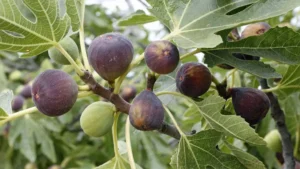
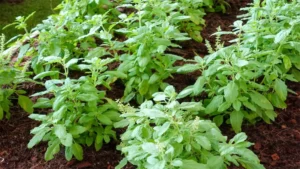
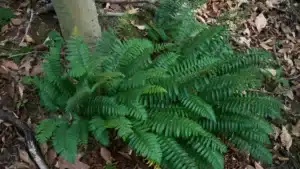
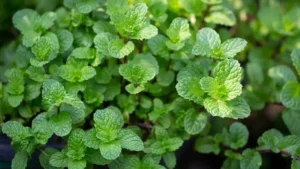


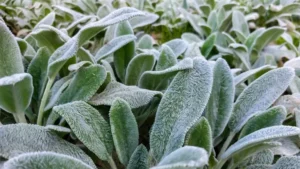
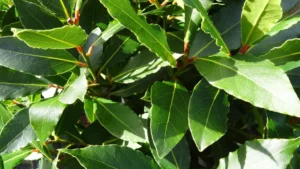
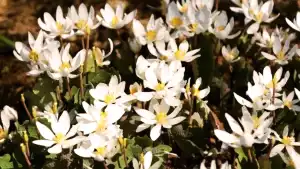


Leave your comment